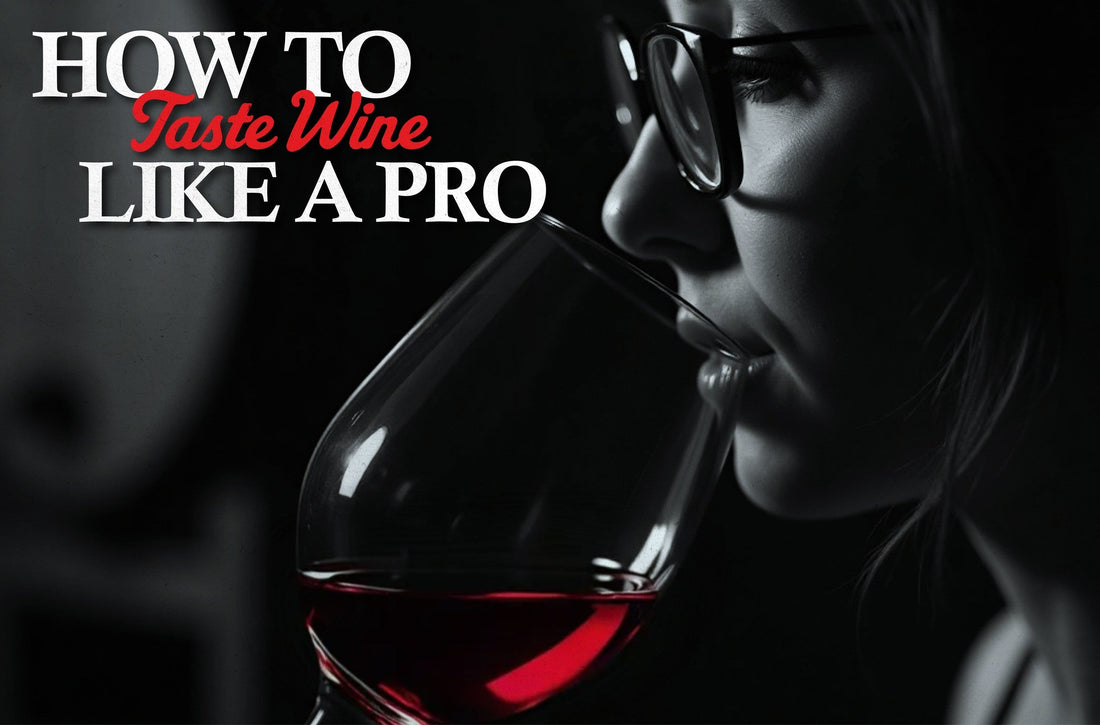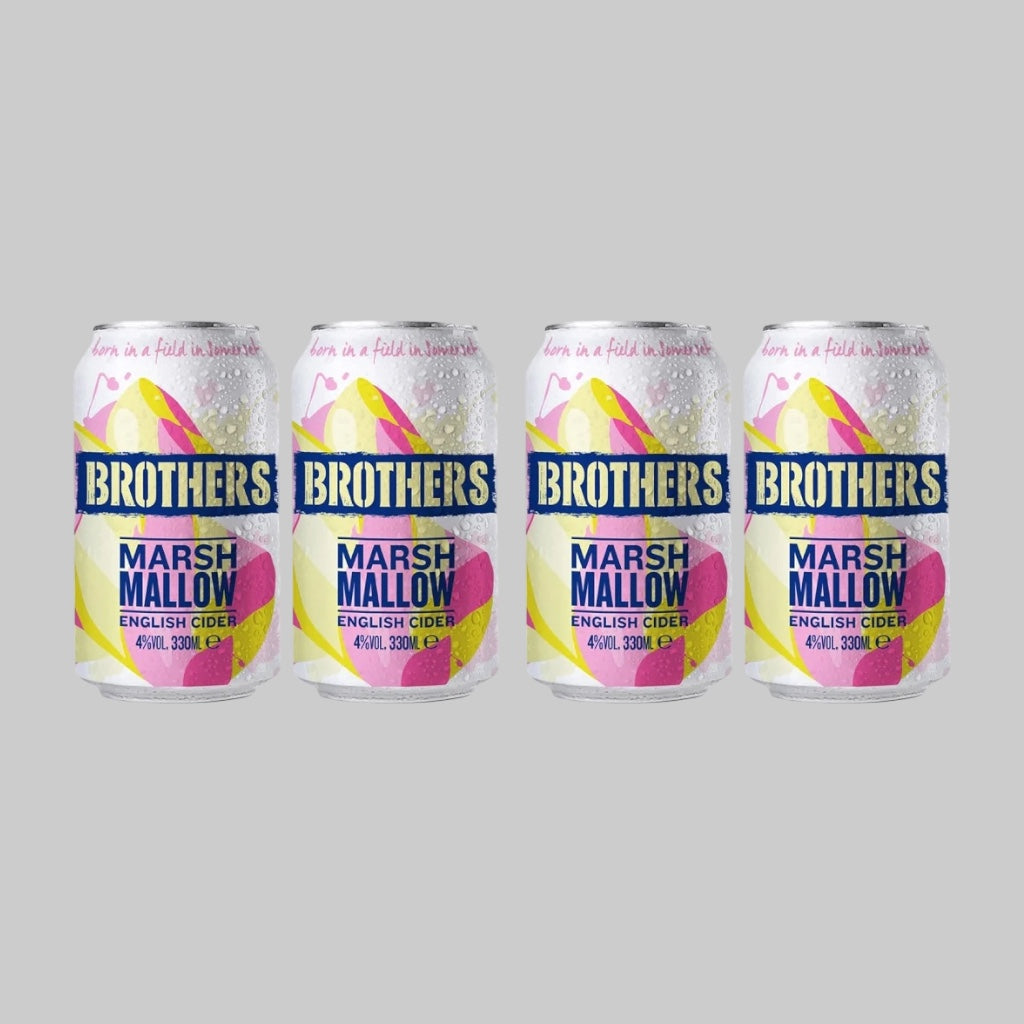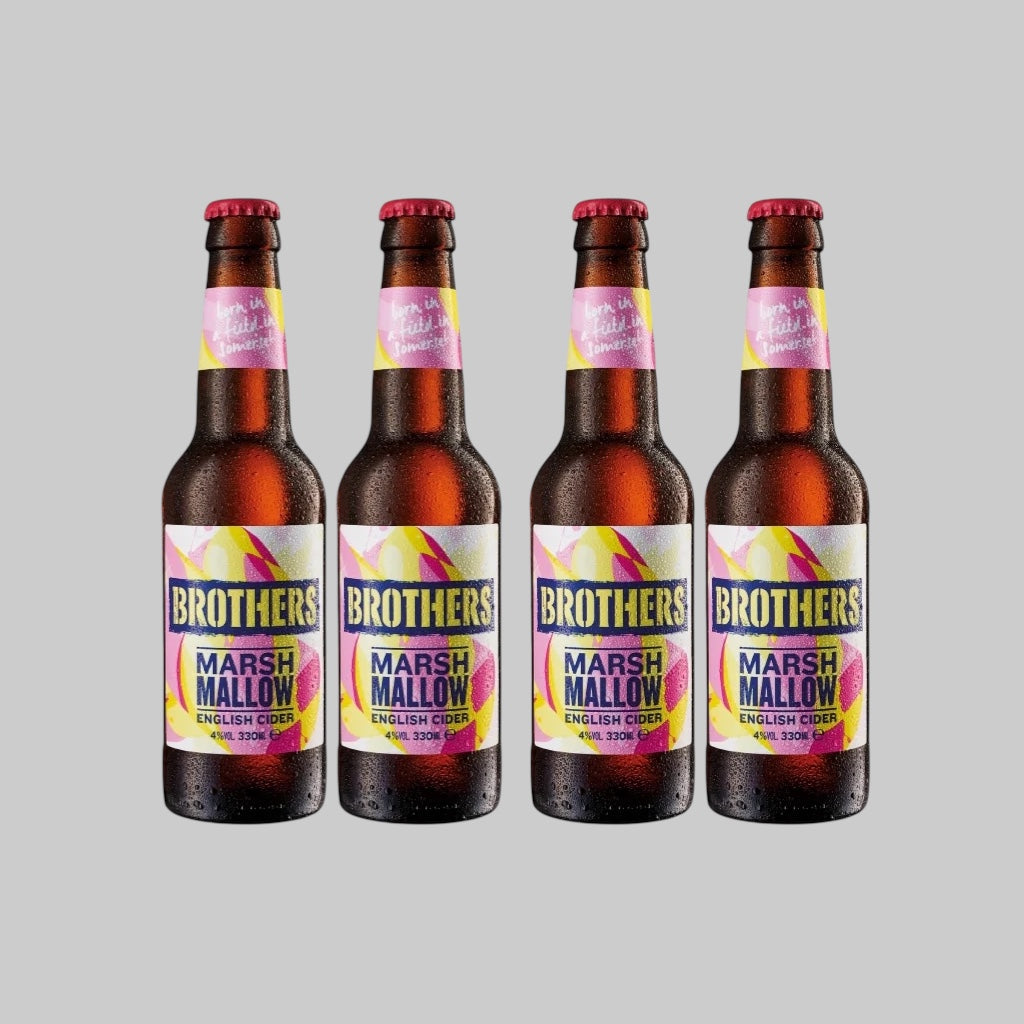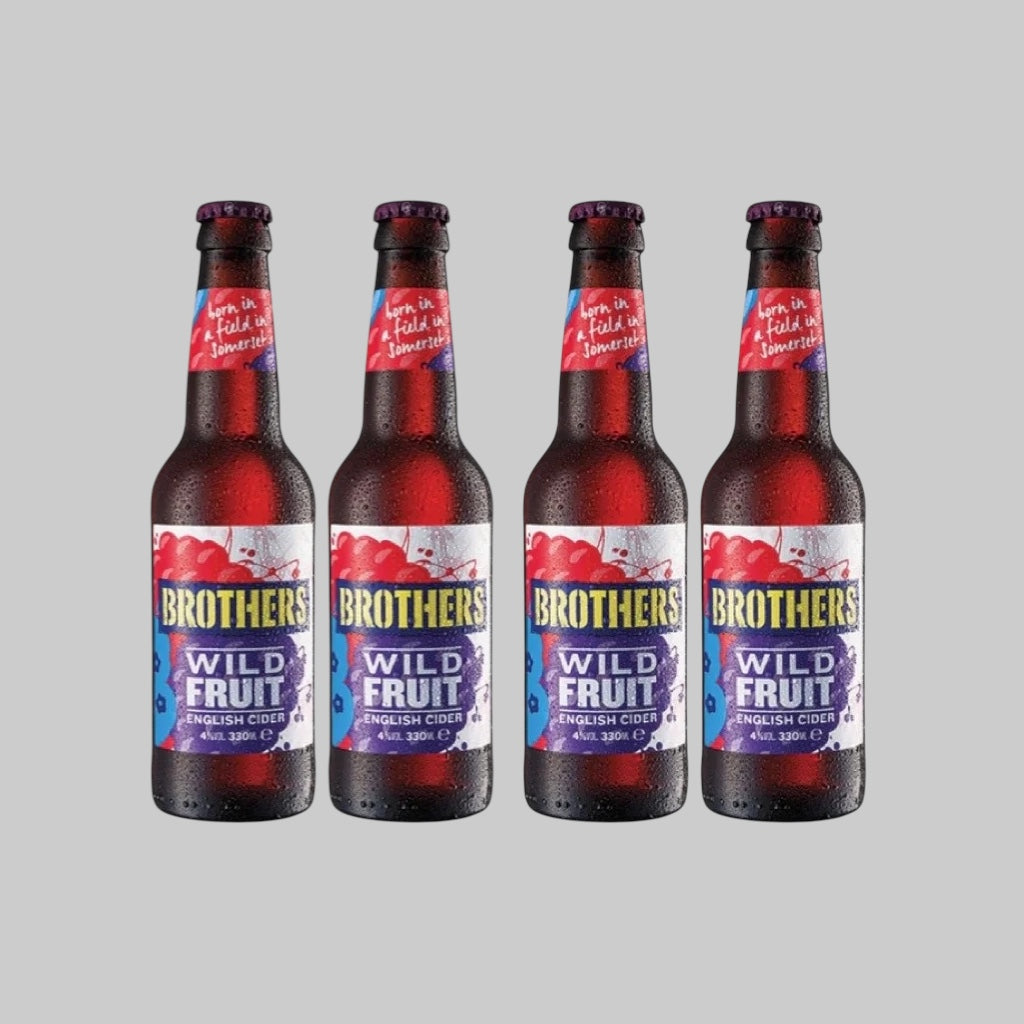How to Taste Wine Like a Pro with Look Smell and Sip
I'm confident many of you have heard the phrase Look, Smell, Sip or even Look, Smell, Hold, Swallow.
Today, I’d like to give you a simple overview you can apply to make your wine tasting experience even more enjoyable.
Among the various ways to taste wine, I prefer to keep it simple with Look, Smell, and Sip. Let’s focus on that.
Ready? Let’s enjoy the moment together.
Look
Use your eyesight to observe the wine’s color, clarity, and cleanliness. This step helps you gauge the wine’s age and character traits.
The method is to tilt the glass and let the wine flow to one side. Ideally, use a clean white background such as a plate, placemat, napkin, paper, or even a saved white image on your phone which is what I often use myself.
Smell
This involves using your nose to detect the wine’s aromas. Aromas in wine are generally divided into three layers:
- Primary aroma – floral, fruity, and herbal notes. These are the most immediate scents and typically come from the grape itself.
- Secondary aroma – food-like notes such as cream, milk, butter, cheese, vanilla, bread, and oak. These result from the fermentation process or winemaking techniques such as malolactic conversion or lees aging.
- Tertiary aroma – deeper, more complex scents typically found in premium or aged wines. These include earthy tones, meaty or leathery notes, tobacco leaves, dried fruits, mushrooms, nuts, beeswax, and oil.
To smell, tilt the glass as if you're about to sip, lean in slightly, and place your nose into the glass. Inhale gently, whether in short, medium, or long breaths depending on your comfort. Avoid exhaling into the glass, as it will fog up. Try sniffing different parts of the glass: top, middle, or bottom, since aromas can vary.
It's also helpful to try using both nostrils together or one at a time. Each nostril may detect different nuances as they do not perceive scents equally.
Sip
This step involves using your taste buds to identify flavors. Often, the sensations you taste are similar to what you smelled, but not always. Sometimes I catch the aroma but not the taste, or the taste without the aroma.
There are five key aspects I recommend paying attention to: sweetness, acidity, tannin strength, alcohol level, and body.
To taste properly, take about one-third of a normal sip, let the wine coat your entire mouth, savor it for a few seconds, then swallow. Breathe in afterward to assess the finish and see whether it’s short, medium, or long.
B L I C Technique
After completing the three steps, you can summarize your impression using the B L I C technique:
- B = Balance – how well the elements harmonize
- L = Length – how long the flavors linger
- I = Intensity – strength of aromas and flavors
- C = Complexity – how many layers and types of aromas and flavors are present
If a wine scores well in all these aspects, it’s a very good one indeed.
Summary
I recommend applying the Look, Smell, Sip technique, and supplementing it with the B L I C method. You’ll enjoy your wine like a true professional.
Written by: Boy Smiling Wine
Want to taste wine like a pro? Start with these selections
Practice the full Look, Smell, Sip technique with quality wines from around the world including red, white, rosé, and sparkling, all curated to help you build tasting confidence in one place.
Shop All Wines










